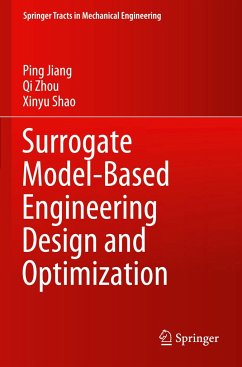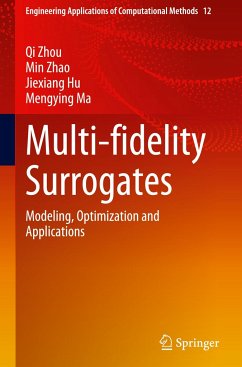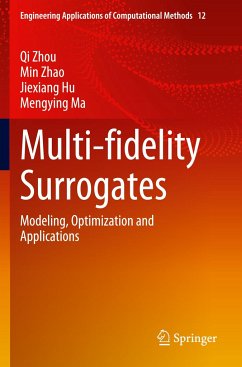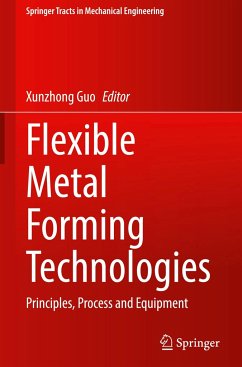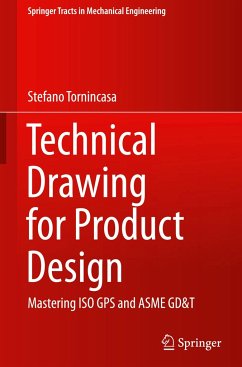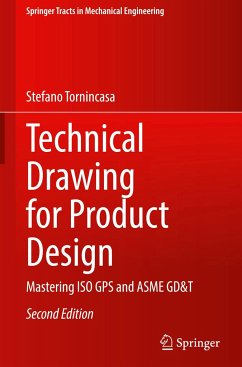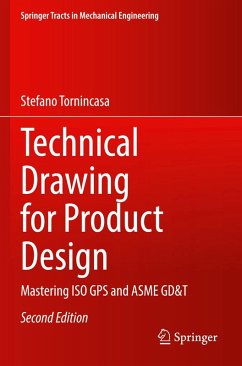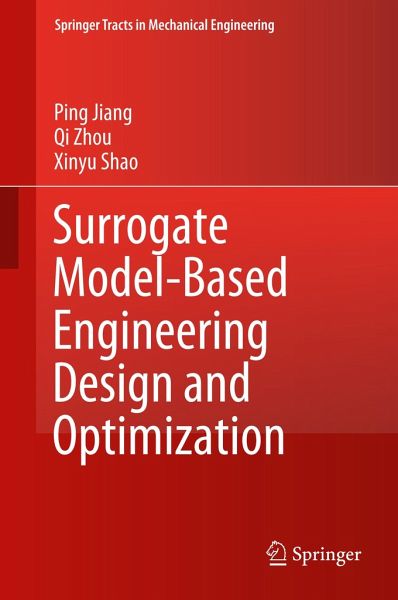
Surrogate Model-Based Engineering Design and Optimization
Versandkostenfrei!
Versandfertig in 6-10 Tagen
151,99 €
inkl. MwSt.
Weitere Ausgaben:

PAYBACK Punkte
76 °P sammeln!
This book covers some of the most popular methods in design space sampling, ensembling surrogate models, multi-fidelity surrogate model construction, surrogate model selection and validation, surrogate-based robust design optimization, and surrogate-based evolutionary optimization.Surrogate or metamodels are now frequently used in complex engineering product design to replace expensive simulations or physical experiments. They are constructed from available input parameter values and the corresponding output performance or quantities of interest (QOIs) to provide predictions based on the fitte...
This book covers some of the most popular methods in design space sampling, ensembling surrogate models, multi-fidelity surrogate model construction, surrogate model selection and validation, surrogate-based robust design optimization, and surrogate-based evolutionary optimization.
Surrogate or metamodels are now frequently used in complex engineering product design to replace expensive simulations or physical experiments. They are constructed from available input parameter values and the corresponding output performance or quantities of interest (QOIs) to provide predictions based on the fitted or interpolated mathematical relationships.
The book highlights a range of methods for ensembling surrogate and multi-fidelity models, which offer a good balance between surrogate modeling accuracy and building cost. A number of real-world engineering design problems, such as three-dimensional aircraft design, are also provided to illustrate the ability of surrogates forsupporting complex engineering design. Lastly, illustrative examples are included throughout to help explain the approaches in a more "hands-on" manner.
Surrogate or metamodels are now frequently used in complex engineering product design to replace expensive simulations or physical experiments. They are constructed from available input parameter values and the corresponding output performance or quantities of interest (QOIs) to provide predictions based on the fitted or interpolated mathematical relationships.
The book highlights a range of methods for ensembling surrogate and multi-fidelity models, which offer a good balance between surrogate modeling accuracy and building cost. A number of real-world engineering design problems, such as three-dimensional aircraft design, are also provided to illustrate the ability of surrogates forsupporting complex engineering design. Lastly, illustrative examples are included throughout to help explain the approaches in a more "hands-on" manner.





